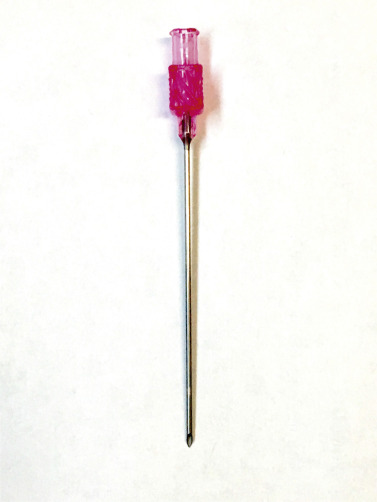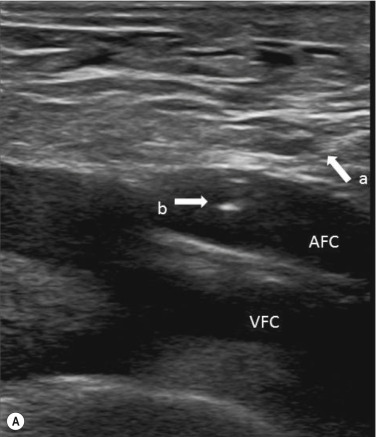Physical Address
304 North Cardinal St.
Dorchester Center, MA 02124
It was Dos Santos who performed the first diagnostic angiogram in 1929 in Lisbon. With the introduction of the Seldinger technique in 1953, the procedure became much safer and was rapidly popularised ( Fig. 78.1 ). Diagnostic angiography was developed for the diagnosis of many diseases; and hospitals in the 1960s and 1970s often had many angiosuites. With the introduction of the computed tomography (CT) scanner and CT angiography, the need for diagnostic angiography gradually reduced. By the end of the 20th century, the need for pure diagnostic catheter angiography had almost disappeared.

Nowadays, catheter angiography is almost only performed in combination with planned endovascular treatment. This has completely changed the role of angiography and has revolutionised the current angiosuites, from a diagnostic room to a hybrid treatment room. However, the basic principles of angiography have not changed. We still need a sterile environment, a safe arterial access, a catheter and contrast medium to visualise the lumen of the vessel. We still need x-rays, although much less radiation is involved than in the early analogue days, because we have replaced the traditional image intensifier with digital flat panel detectors. Apart from acquisition, improved angiographic technique with high-quality monitors, and post-processing have had a significant effect on image quality. Radiation safety is currently a key issue in angiography. There is a huge portfolio of catheters and devices for angiointervention procedures from many different vendors that we can currently choose from when we want to perform angiography. The materials are chosen in relation to the planned procedure. Therefore we will discuss only general angiographic principles in this chapter.
It is essential to be prepared for any problems or complications when you perform angiography. Every patient should undergo preangiography screening. For this stage, special safety checklists have been developed to facilitate this, which can be downloaded from the Cardiovascular and Interventional Radiological Society of Europe (CIRSE) website ( www.cirse.org ). Many patients nowadays are on anticoagulant medication, and it is important to know which specific anticoagulants have to be stopped before the procedure. Most antiplatelet medications (e.g. aspirin, clopidogrel) can be continued; however, vitamin K antagonists should be stopped 5 to 7 days in advance. Stopping anticoagulant medication should be done only after consultation with the referring clinician. In addition, renal function should be checked and prehydration should be commenced if the estimated glomerular filtration rate (eGFR) is less than 30 mL/min per 1.73 m 2 .
Patients should be assessed for the use of metformin, which should also be stopped before the angiographic procedure. Known allergic reactions to previous radiographic contrast medium administration should be analysed and, if needed, premedication with steroids and antihistamine should be instituted. Sometimes, angiography should not be performed if there is a history of a previous serious allergic reaction. Alternatively, CO 2 angiography might then be a solution.
Every procedure should be performed under sterile conditions, comparable with a surgical theatre. Ever since the days of Seldinger, the basic technique of arterial puncture has not changed (see Fig. 78.1 ). However, there have been a series of modifications that make arterial puncture currently much safer. The most important modifications are the single wall arterial puncture technique (as opposed to the previously utilised double wall puncture technique) and to perform every arterial puncture under ultrasound (US) guidance ( Fig. 78.2 ). With US guidance, the number of puncture attempts to obtain access to the artery is substantially reduced compared with the previous manual palpation-guided puncture technique. In addition, it is possible with US to avoid arterial wall calcified plaques during vessel puncture. The latter is important to prevent puncture side haemorrhage after the procedure. Moreover, the minimal risk of distal plaque embolisation is also reduced. All you need for arterial puncture is a sharp metal needle with a bevel and a simple Teflon-coated metallic guidewire, preferable with a J-tip. It is preferable to perform arterial puncture with the bevel of the arterial puncture needle directed anteriorly. Coated guidewires, also known as glide-wires, should never be used in combination with a bevelled needle because the outer polyurethane wire coating can be torn off during wire retraction and this coating may embolise distally.
Use of a patient safety checklist is mandatory before the procedure.
Contrast allergy, anticoagulant medication and renal impairment can all be identified preprocedure using a checklist.
Ultrasound guidance and a single wall puncture technique is best.
Hydrophilic guidewires should not be used with bevelled Seldinger needles.

Antegrade puncture is considered to be a more difficult puncture than retrograde puncture with more complications, especially in obese patients. Puncturing above the inguinal ligament and the subsequent risk of a retroperitoneal haematoma are often seen as contraindications for antegrade puncture. The alternative being a contralateral puncture with the catheter advanced over the aortic bifurcation is seen by many as a safer alternative. With the aid of US guidance, many of the risks of antegrade puncture can be overcome. Moreover, direct US puncture of the superficial femoral artery, as an alternative in obese patients, is a very safe technique, especially in combination with the aid of a closure device.
Become a Clinical Tree membership for Full access and enjoy Unlimited articles
If you are a member. Log in here